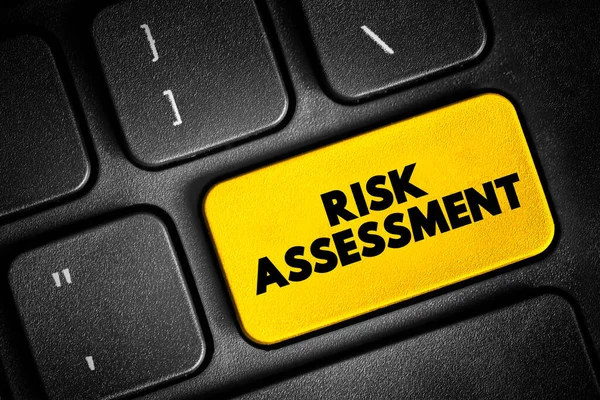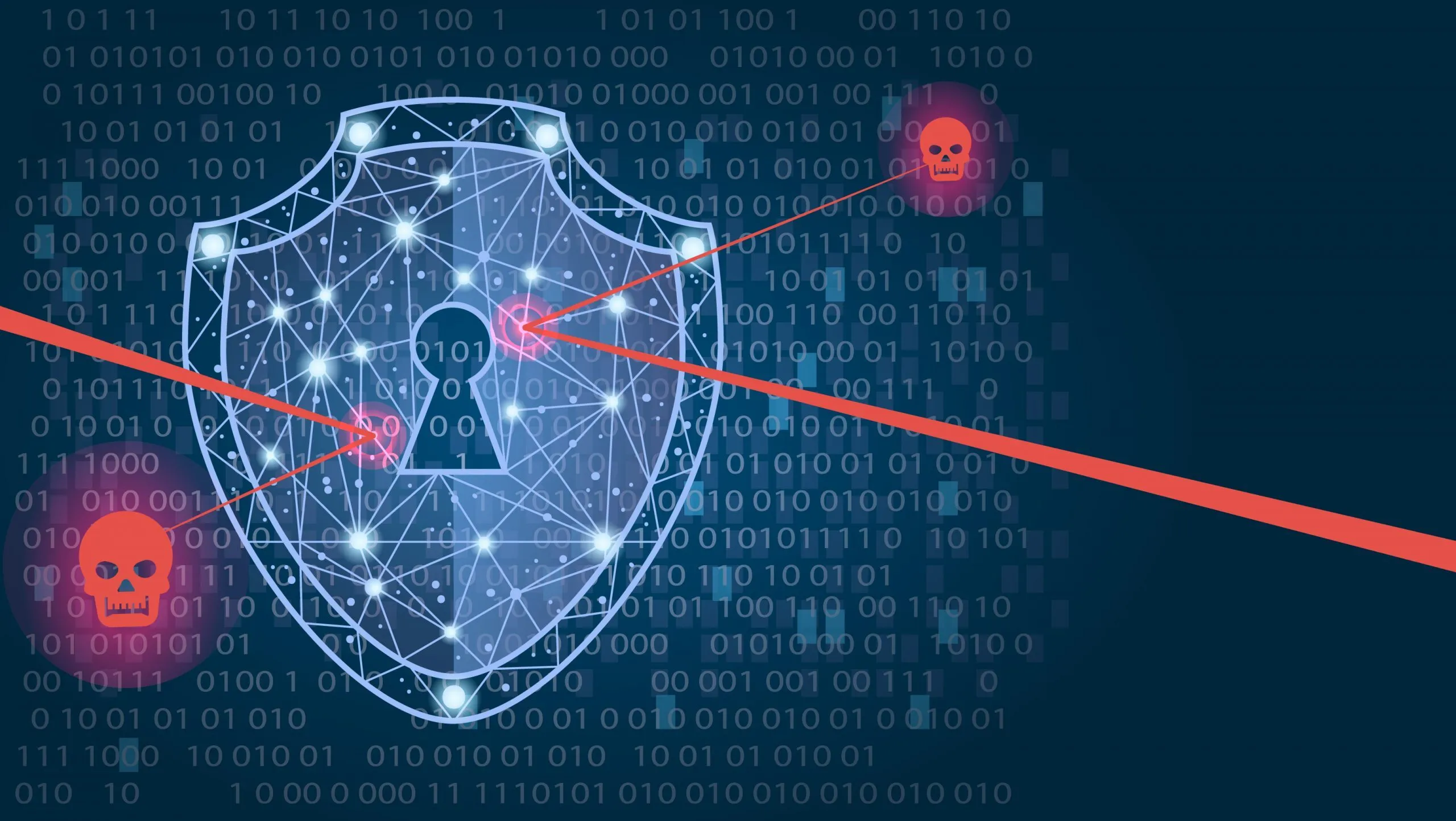In today’s interconnected digital landscape, businesses are constantly navigating through a minefield of potential risks that can threaten their operations, reputation, and bottom line. Organizations’ challenges in managing IT risks are more complex and critical than ever, from data breaches and cyberattacks to regulatory compliance and technology failures.
Organizations must embrace a proactive stance toward identifying, assessing, and mitigating risks to thrive in this challenging business landscape. This is where IT risk assessments become indispensable. Businesses can uncover vulnerabilities, prioritize mitigation efforts, and construct a robust defense against possible threats by systematically evaluating potential risks associated with their IT systems, processes, and assets. Our IT Consulting Company in Bellevue can help to conduct an effective IT risk assessment process in your business.
This article will explore the steps to create an effective IT risk assessment process.
What is an IT Risk Assessment?
An IT risk assessment is a systematic process of identifying, analyzing, and evaluating potential risks that could impact an organization’s information technology infrastructure and systems. It involves assessing the chances and potential impact of various risks, such as cyber-attacks, data breaches, system failures, or natural disasters.
An information technology risk assessment aims to help organizations understand their vulnerabilities and make informed decisions regarding risk mitigation strategies. This typically involves thoroughly analyzing existing security measures and developing a plan to address identified risks. Organizations can proactively manage and minimize potential threats to their IT systems and data by regularly conducting a cybersecurity risk assessment process.
Why is IT Security Risk Assessments Important?
IT risk assessments are crucial for businesses because they help identify potential vulnerabilities and threats to the organization’s information technology systems. Companies can gain a comprehensive understanding of their IT infrastructure and its associated risks by conducting a thorough evaluation.
It allows them to implement appropriate controls and measures to mitigate those risks and protect sensitive data. Information technology risk assessment also helps businesses comply with regulatory requirements and industry best practices, ensuring they operate securely and reliably. Furthermore, by identifying potential risks early on, companies can proactively address them before they escalate into significant issues that could disrupt operations or result in financial loss.
6 Essential Steps in IT Risk Assessment Process
1. Identify and Catalog Your Information Assets
The first step in conducting an IT risk assessment is identifying and cataloging your information assets. This includes inventorying all the data, systems, applications, and technologies critical to your organization’s operations. By identifying and cataloging these assets, you can better understand the potential risks they may be exposed to and develop appropriate mitigation strategies.
Documenting this information in a centralized repository or database is essential to be easily accessed and updated as needed. In addition, it is recommended to assign ownership and responsibility for each asset to ensure accountability and proper management.
2. Evaluate the Risks and Take Precautions
When assessing IT risk, it is essential to thoroughly evaluate the potential risks that could impact your organization’s information technology systems. This involves identifying vulnerabilities, threats, and possible impacts on your IT infrastructure, data, and operations.
By understanding these risks, you can take appropriate precautions to mitigate them. This may include implementing security controls, establishing backup and recovery procedures, and creating incident response plans. Regularly reviewing and updating your risk assessment ensures ongoing protection against emerging threats.
3. Analyze Security Policies and Controls
Analyzing security policies and controls is crucial in conducting an IT risk assessment. This involves reviewing and assessing the effectiveness of existing security policies and procedures and evaluating the implementation and enforcement of security controls within the organization.
Organizations can identify gaps or weaknesses in their current security measures by analyzing these policies and controls. It can help them make informed decisions about the necessary improvements or enhancements that should be implemented to mitigate potential risks. It is essential to thoroughly review and evaluate all relevant policies and controls to ensure comprehensive protection against potential IT risks.
4. Prioritize Information Security Risks
Prioritizing information security risks is critical in conducting an information technology risk assessment. Organizations can allocate their resources effectively by identifying and ranking potential risks and focusing on mitigating the most significant threats. To prioritize information security risks, it is vital to consider the impact and likelihood of each risk occurring.
Impact refers to the potential harm or damage a risk could cause, while likelihood assesses the probability of a risk materializing. By evaluating these factors, organizations can determine which risks pose the greatest threat to their IT infrastructure and prioritize their efforts accordingly. If you want to prevent potential information security risks, employ our IT Support Provider in Marquette for assistance.
5. Implement Security Controls
Implementing security controls is a vital part in assessing IT risk in businesses. These controls aim to reduce potential risks and safeguard the confidentiality, integrity, and availability of information and systems. Different types of security controls can be put in place, such as administrative, technical, and physical controls. Administrative controls involve establishing policies, procedures, and training to ensure that information is handled correctly and that security protocols are followed.
Technical controls include firewalls, encryption, and access control mechanisms to prevent unauthorized access or data breaches. Physical controls focus on protecting physical assets, such as servers or data centers, through measures like surveillance systems or biometric authentication. By combining these controls, organizations can enhance their security posture and effectively manage IT risks.
6. Create a Risk Assessment Report
Creating a risk assessment report is essential in conducting an IT risk assessment. This report provides a comprehensive overview of the risks identified during the assessment process and recommended actions to mitigate these risks. The report should include a detailed description of each identified risk, including its potential impact on IT systems and operations.
It should also outline the chances of each risk occurring and provide an assessment of its severity. Furthermore, the report should include a prioritized list of recommended actions to address the identified risks and a timeline for implementation. By creating a thorough risk assessment report, organizations can effectively communicate the results of the assessment and guide decision-making processes related to IT risk management.
In Conclusion
Navigating the digital minefield of IT risks requires a proactive and strategic approach. Regular IT risk assessments are crucial for identifying, evaluating, and mitigating potential threats to your organization’s digital assets. By implementing a comprehensive risk management framework, leveraging advanced technologies, and fostering a culture of security awareness, businesses can effectively safeguard their operations and data in today’s rapidly evolving digital landscape. Staying vigilant and adaptable is critical to successfully navigating the complexities of IT risks in the modern era.

